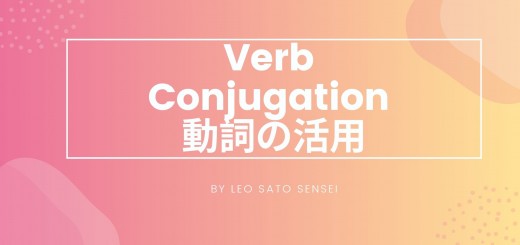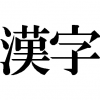Particle – “の(no)”
The particle “の(no)” has three main meanings, possessive, equivalent and location. Among these three, possessive is the most important one. We often use “の(no)” in daily conversation and writing. Importance level is Super A.
① Possessive
The particle “の(no)” indicates the possessive of its preceding noun.
Ex a)
私の父は医者です。
(Watashi no chichi wa isya desu)
“の(no)” connects watashi with chichi and indicates 父(father) is mine. This means in English “My father is a doctor”.
② Equivalent
The particle “の(no)” indicates that the preceding and following nouns are equivalent.
Ex b)
この本の作家の加藤さんはまだ若いです。
(Kono hon no sakka no kato san wa mada wakai desu)
“の(no)” indicates sakka(writer) and Kato san are equivalent, I mean Kato san is a writer. In English, this sentence means “This book’s writer, Kato san, is still young”.
③ Location
The particle “の(no)” marks the location of the noun following it. “A no B” means “B in/at A”.
Ex c)
いまインドネシアの空港にいます。
(Ima Indonesia no kuukou ni imasu)
In this case, “の(no)” indicates kuukou(air port) is in Indonesia. In English, this sentence is “I am at the airport in Indonesia.”
Exercise
Try to answer to this question and make your sentence by using “の(no)”.
What is your favorite food?
Your answer is……
I will answer like this” わたしのすきなたべものはすしです。”(watashi no sukina tabemono wa sushi desu)
In English, my favorite food is sushi.
You can arrange this sentence.
Points
The particle “の(no)” has three main meanings, possessive, equivalent and location. Possessive is the most important one. You should master this meaning at least.
How was this post?
If you like this or feel this is useful, please share on Facebook and retweet on Twitter!
If you wanna join Leo Sensei’s group on Facebook, click Facebook mark on top or bottom and send friend request to me. You can get updated information and ask me freely about Japanese language and culture and so on.


















